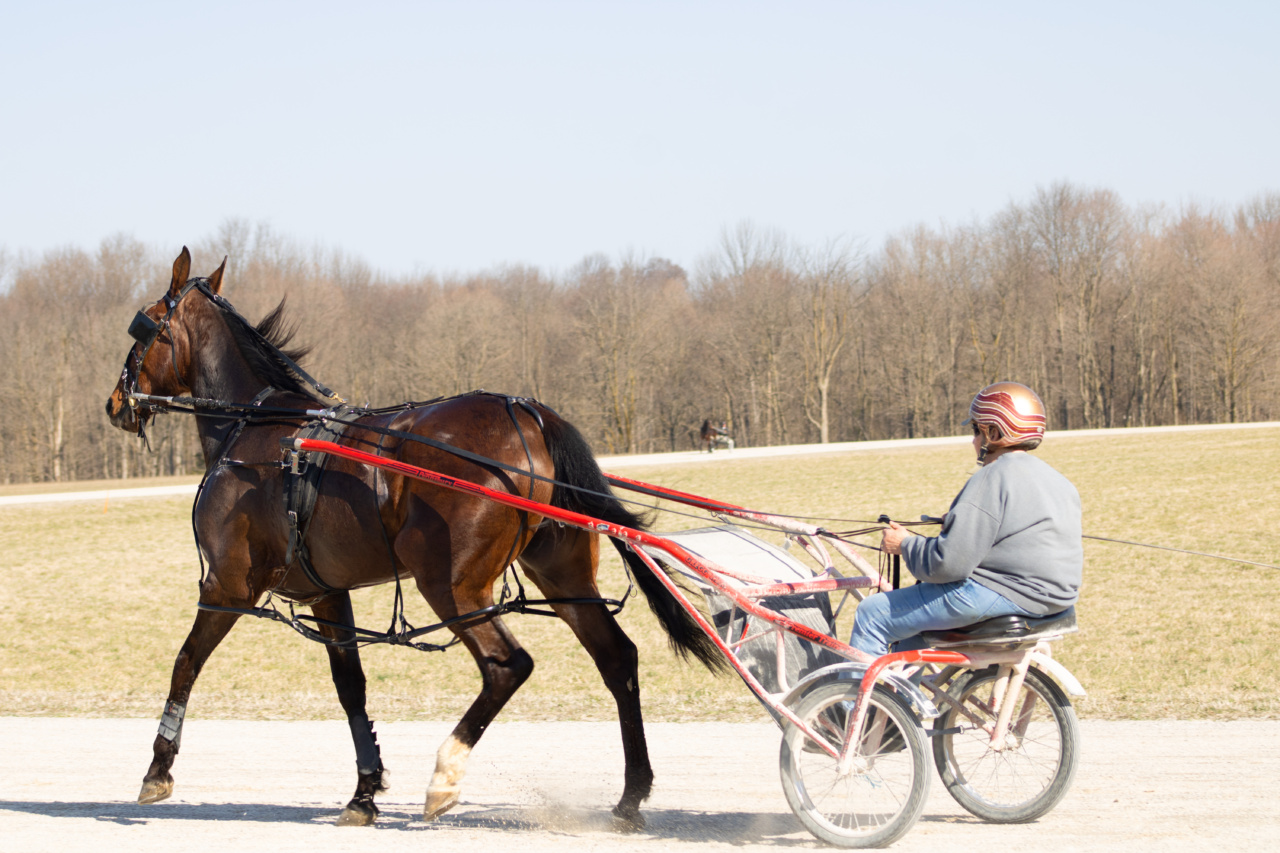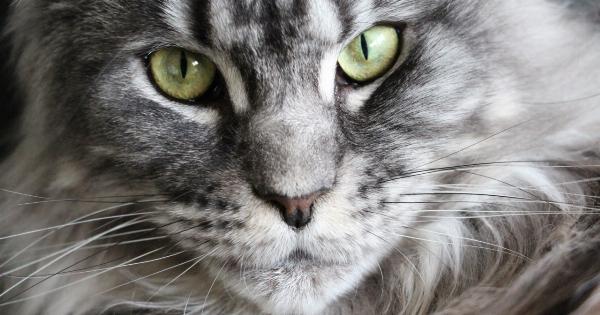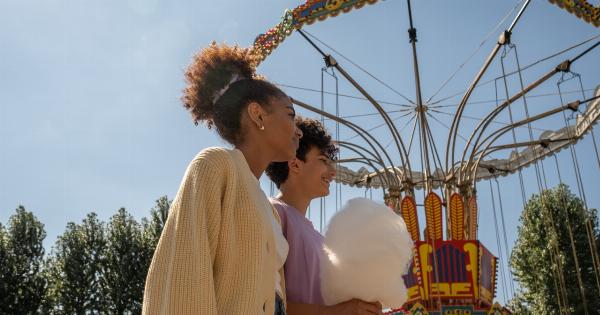Horses are magnificent creatures, and they deserve our utmost respect. Training a horse is a difficult task, and mistakes are often made. These mistakes can have long-term effects on the horse’s mental and physical well-being.
In this article, we will discuss the six most common mistakes made in horse training.
Mistake 1: Rushing the Training Process
One of the most common mistakes made in horse training is rushing the process. A horse’s training should be gradual and consistent. Rushing the training process can lead to stress, anxiety, and even injury.
Horses are intelligent animals, and they learn at their own pace. It is important to be patient and allow the horse to learn at its own speed.
Mistake 2: Using Force or Punishment
Another mistake is using force or punishment as a training technique. This can include hitting, pinching, or jerking the horse. Not only is this inhumane, but it can also lead to aggressive behavior in the horse.
Instead, use positive reinforcement techniques, such as treats or praise, to encourage good behavior.
Mistake 3: Not Understanding the Horse’s Body Language
A common mistake is not understanding the horse’s body language. Horses convey their emotions and thoughts through their body language, and it is important for the trainer to be able to read and understand them.
For example, if a horse is anxious, it may show signs such as a tense body, wide eyes, or a raised tail. By understanding the body language, the trainer can adjust their training techniques to suit the horse’s needs.
Mistake 4: Not Providing Adequate Socialization and Exercise
Horses are social animals and require regular interaction with humans and other horses. Many trainers make the mistake of not providing adequate socialization and exercise.
This can lead to a lack of trust in humans and can cause the horse to become bored and restless. It is important to provide the horse with regular exercise and socialization, such as turnout time with other horses or hand grazing in a new location.
Mistake 5: Not Addressing Health Issues
Health issues can have a significant impact on a horse’s training and behavior. Trainers often make the mistake of not addressing health issues, such as dental problems or lameness.
These issues can cause pain and discomfort, which can lead to behavioral problems. It is important to have a veterinarian regularly examine the horse to ensure that any health issues are addressed promptly.
Mistake 6: Not Consistently Reinforcing Good Behavior
The final mistake is not consistently reinforcing good behavior. It is important for a trainer to praise and reward the horse for good behavior. However, many trainers make the mistake of only praising sporadically.
This can lead to confusion and frustration in the horse. It is important to consistently reinforce good behavior with praise and rewards, such as treats or scratches.
Conclusion
Training a horse is a challenging and rewarding experience. However, it is important to avoid the six common mistakes discussed in this article.
By taking the time to properly train a horse, you can develop a strong and lasting relationship with your equine partner.
























